Sony Xperia XA Ultra Review
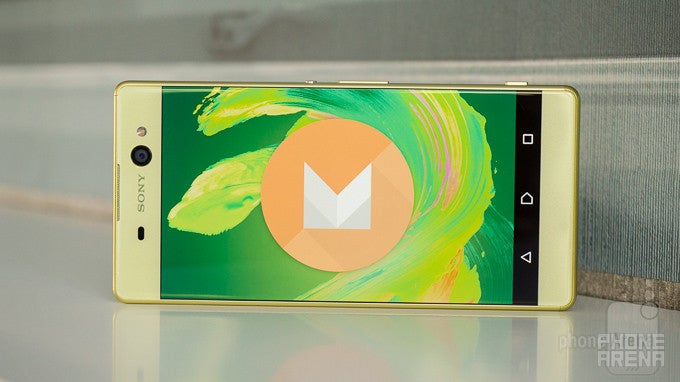
Introduction
Beginning in early 2016, Sony transitioned away from the exclusively high-end, flagship Z line, to the more inclusive X series, with products spanning the echelons beyond mid-range. For months to come, we won't know if this re-branding exercise will positively affect the company's bottom line. But we're now in a pretty good position to guess.
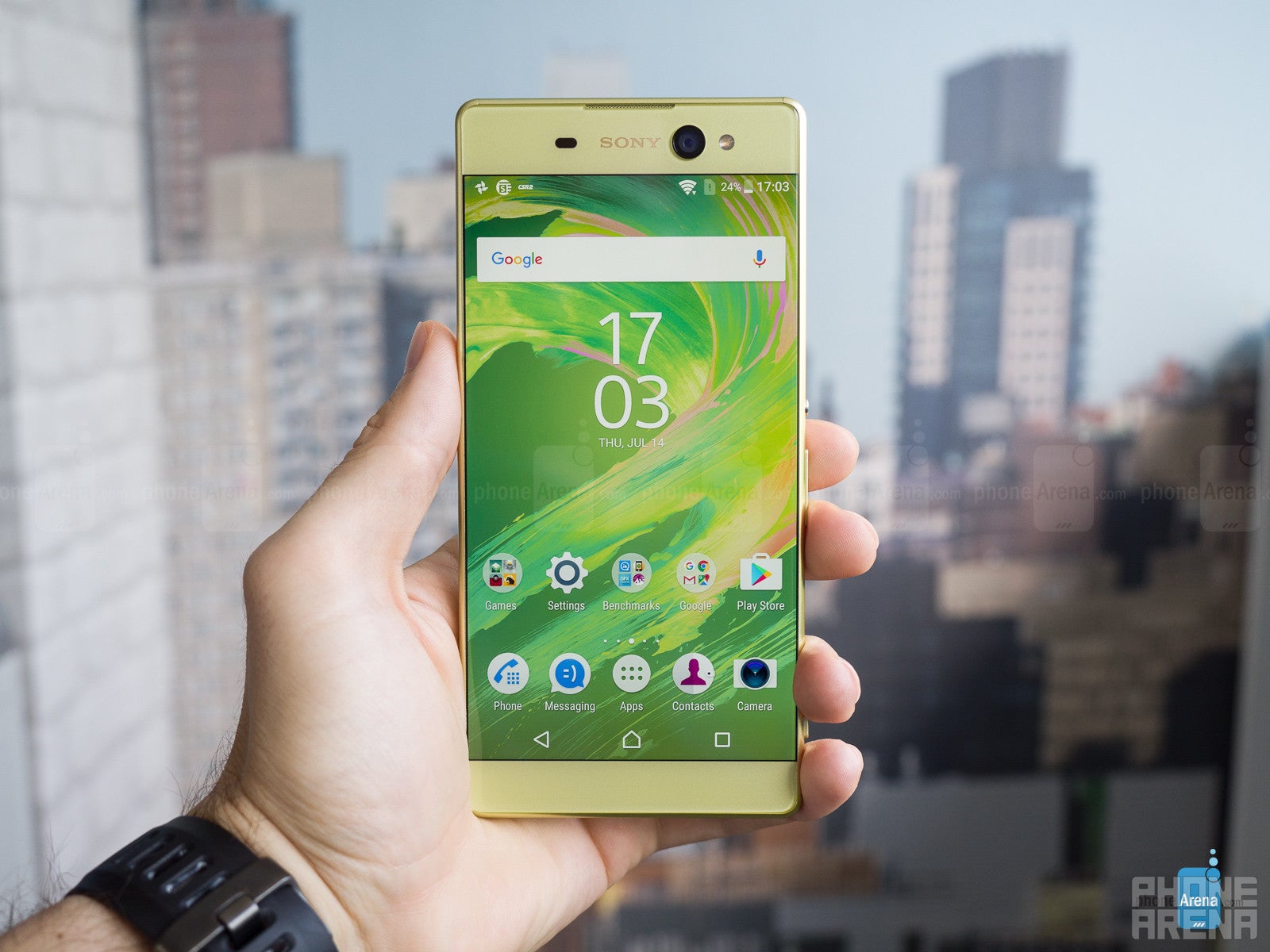
With a $369.99 sticker price, however, our prodding and nudging best reveal some unexpected strengths, lest it follows its brethren into the strictly average category.
Design
Signature Sony, larger canvass
So the XA Ultra is huge. Like, really, really big. And heavy, too, tipping the scales at 6.7 oz (190 g). Combined, these factors equal a monstrous device that isn't for the faint-hearted and is firmly entrenched in phablet land.
Beyond its dimensions, the XA Ultra is yet another familiar Sony face, built on the principles of its rectangular design philosophy. The phone is protected by a solid, metal frame, with the display up front almost floating out of it thanks to those extra slim side bezels. The rest of the phone is made out of polycarbonate.
On the right, Sony has cleverly positioned the volume rocker and power key, both of which are easily accessible even when you're holding this monster phone with just one paw. Better yet, tactile feedback and travel times are excellent, and we're including the physical shutter key here, as well.
Overall? Absolutely no surprises here except, perhaps, the Cyclops eye up front that is the selfie camera, along with the Lime Gold coloring of our review unit. This is strictly personal opinion, but it comes across as tacky, so make sure to check out the white and black options as well.
Display
An extremely bright display with disappointing color accuracy
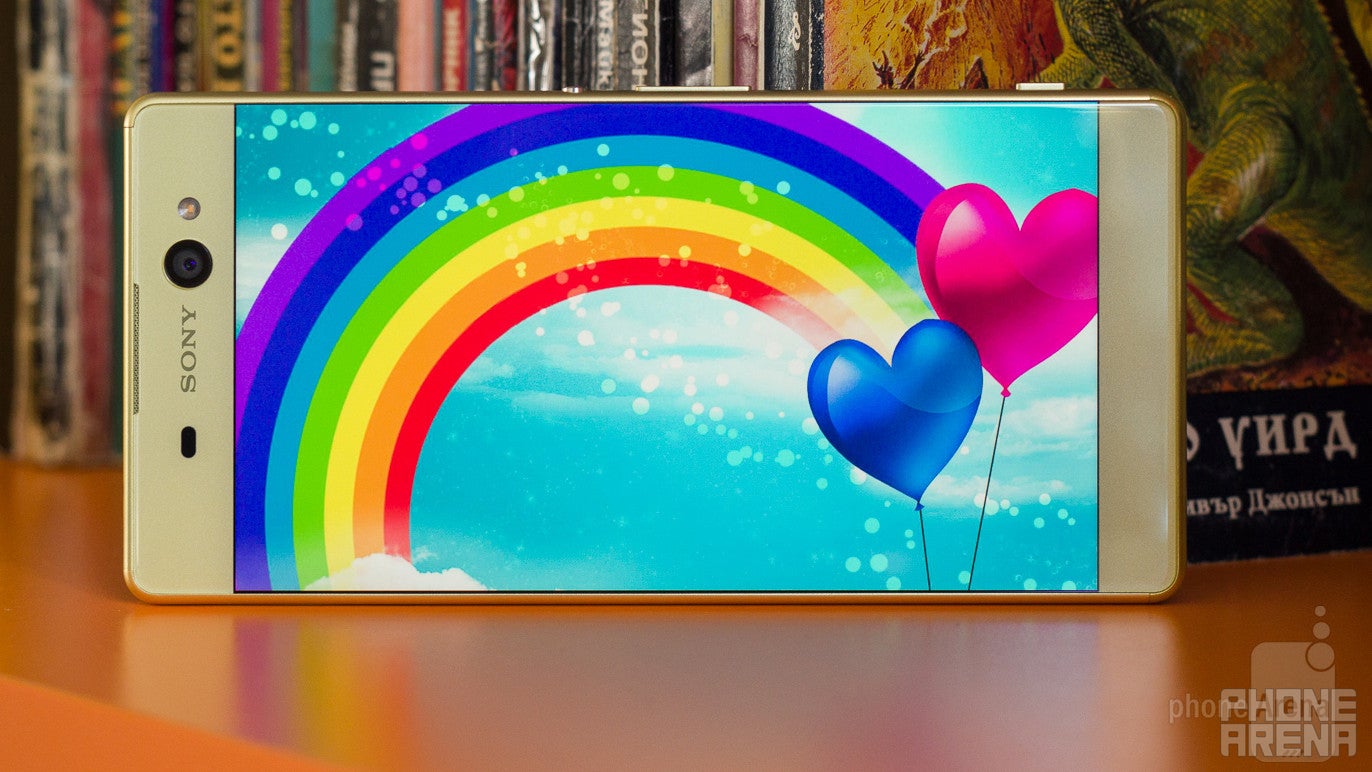
This being a massive phone, the 6-inch, 1080 x 1920 pixel resolution LCD display is obviously the highlight of the show. But right off the bat, we were disappointed with its quality.
And our scientific measurements prove it.
Not only is the Ultra's display not good, it's actually downright disappointing. We start off our unpleasant journey through its properties with an extremely cold color temperature of 9400K, significantly twisting color reproduction towards blue—and most visibly, whites and grays. That's not a surprise, given how much blue dominates between the primary red, green, and blue, with the former two being seriously underrepresented—and red ridiculously so.
Average gamma, at 2.61, is also consistently off target across the brightness spectrum, and so is overall color accuracy, which is simply average. Speaking of brightness, at least that the XA Ultra's display has going for it: over 600 nits at the top end, which is just excellent, and 5 nits at its lowest, which is also great.
In the end, what should be the XA Ultra's defining feature ends up disappointing. Sure, it's very much usable outdoors, but color calibration is seriously problematic.
Interface and functionality
Dated or not, Sony's software is nevertheless no-nonsense.
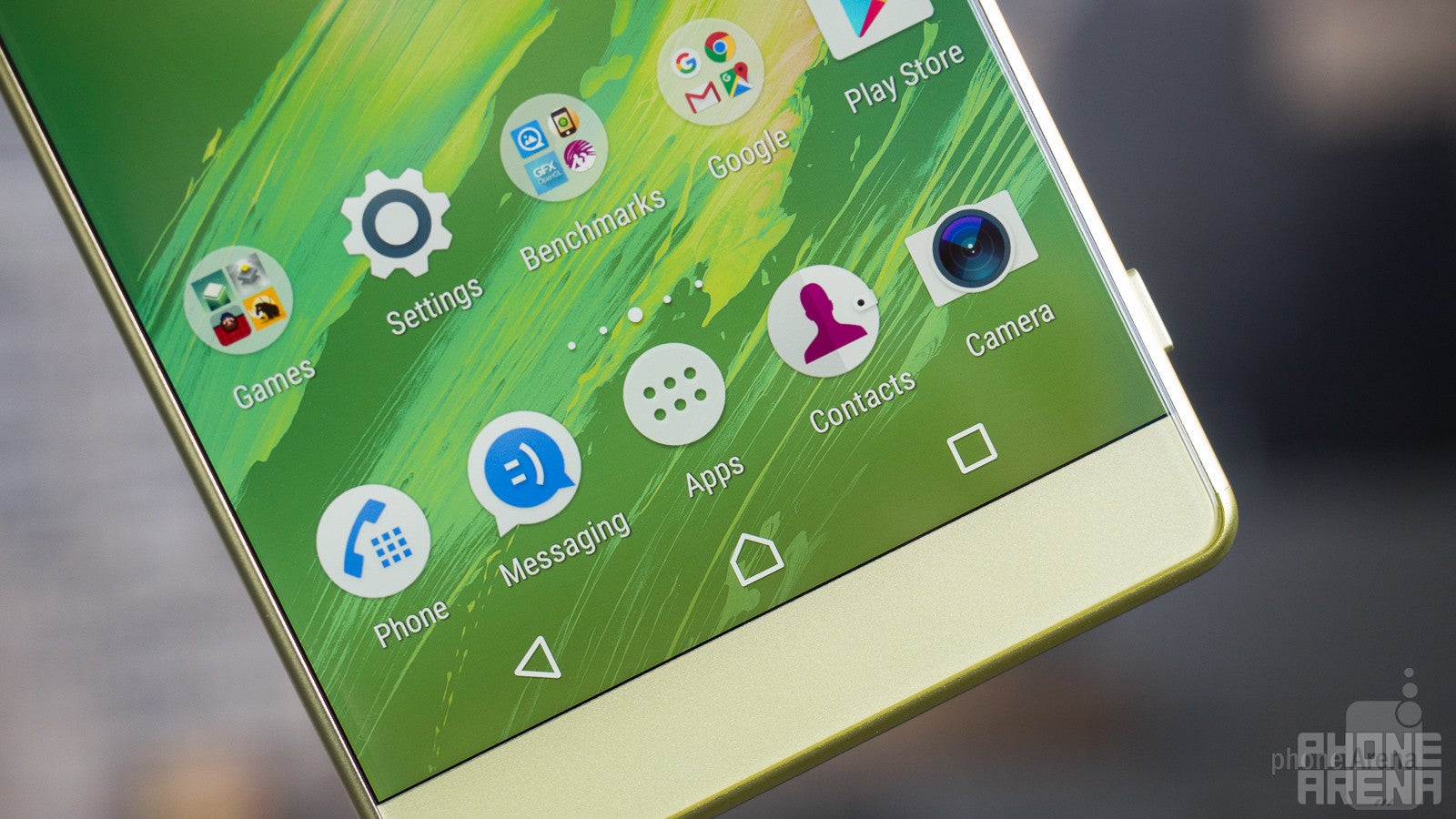
It's been a long while since Sony last did anything big on the software side, mostly opting for minor updates to visuals, and a new feature here and there. And while this does make the Xperia interface feel a bit too familiar by now, we're perfectly fine with it—it's down to the point, without the excess of questionable features available with the likes of LG and Samsung.
Still, those of you looking for a little extra on the side will be happy to know that Themes are available with the XA Ultra, though many of them are paid. Sony is also letting you conveniently look up apps without venturing into the app drawer by swiping down on the screen—alike to Apple's iOS.
Importantly, the phone also offers a one-handed mode, which you easily activate by swiping up from the bottom right corner of the screen. The resulting, re-sized interface can be moved around or enlarged.
Finally, the Ultra is yet another Sony phone to skip out on fingerprint scanning, but unlike the Xperia X and X Performance, the feature isn't available outside of the US either. With even lower echelon devices starting to integrate one, we would have liked to see Sony not skimp on this one.
Processor and memory
Solid performance across the board
At the heart of the Xperia XA Ultra is MediaTek's lowest-end Helio line processor from 2015: the octa-core Helio P10. Built on a 28nm node, the thing is nevertheless an upper-end solution, and it proves its worth with the XA Ultra: the phablet runs smooth.
Paired with that are 3GB of RAM and 16GB of internal storage, with microSD card expansion available if you need up to 200GB more.
If you're into mobile gaming, take a breath: the XA Ultra is perfectly capable of running any and all titles without breaking a sweat most of the time. From casual, visually simplistic titles, down to demanding racing games with great graphics, the phone proved capable enough.
Internet and connectivity
Support for all major carriers' LTE networks
Browsing on the XA Ultra—as with any Sony phone—is relegated to Google's Chrome, which is a sound idea. Especially compared to manufacturers dabbing into browser programming. In any case, the experience surfing through websites is pleasant, not least because of the gigantic display. Slowdowns are rare.
Support for US carriers' LTE bands is, surprisingly, great—other Xperia X line devices have suffered from a lack of complete coverage. The F3213 model available in the States flies across bands 2, 4, 5, 12, 13, and 17, covering all of the Big Four networks
Camera
Main camera: Good. Secondary camera: Meh.
Apart from the large display, the other standout feature of the XA Ultra is its camera combo. A 21-megapixel units adorns the back and serves as your main camera, while a 15-megapixel snapper faces you, next to a front LED flash for them selfies you'll be taking.
In terms of the software, we're happy to see Sony sticking to a uniform experience, with the camera interface being identical to that available to all Xperia X series devices, and pretty close in execution to that of the Z5 family. In short, controls are thoughtfully scattered throughout, are easy to access, and straightforward in terms of inconography.

Image quality with the main camera is, similarly, up to snuff—we were very pleasantly surprised, actually, expecting yet another problematic Sony camera. Thankfully, the XA Ultra is not that, offering a great level of detail, mostly correct white balance, and little visible noise or other visual aberrations. On the down side, the camera could have been better with a little less color saturation when shooting outside, and more light-sensitive when indoors—we've captured some murky-looking snaps when inside.
Turning to the selfie snapper, detail is obviously outstanding for a secondary camera, though it seems the unit has quite some trouble managing focus. In result, most of our selfies come out a bit blurry and just unpleasant.
Finally, video recording is capped at 1920 x 1080 pixel resolution and 30 frames per second, with no option for 4K capture. Footage is pretty decent in all, but aspects such as dynamic range, color accuracy, and especially continuous auto focus speeds, leave something to be desired.
Multimedia
Sony puts the “loud” in loudspeaker.
Video watching on the XA Ultra's 6-inch, 1080p display is glorious. Not only is the image sharp, but the size of the display is easily sufficient for even movies. Of course, the issue with color accuracy remains—you might want to try and correct for the coldness through the Display settings.
As for audio reproduction, the loudspeaker offers crazy high volume, though it's hardly pleasant to listen to.
In closing, the XA Ultra, despite its problematic display, satisfies the implied benefit of great media experience.

Call quality
Gets the job done.

Still, the earpiece is more than adequate, loud enough to make out voices even in crowded rooms, and large enough in shape not to run away from your ear when on a call. Similarly, the other side reported decent performance out of the included microphone.
Battery life
Battery life is the reason we're not crowing the XA Ultra as king.
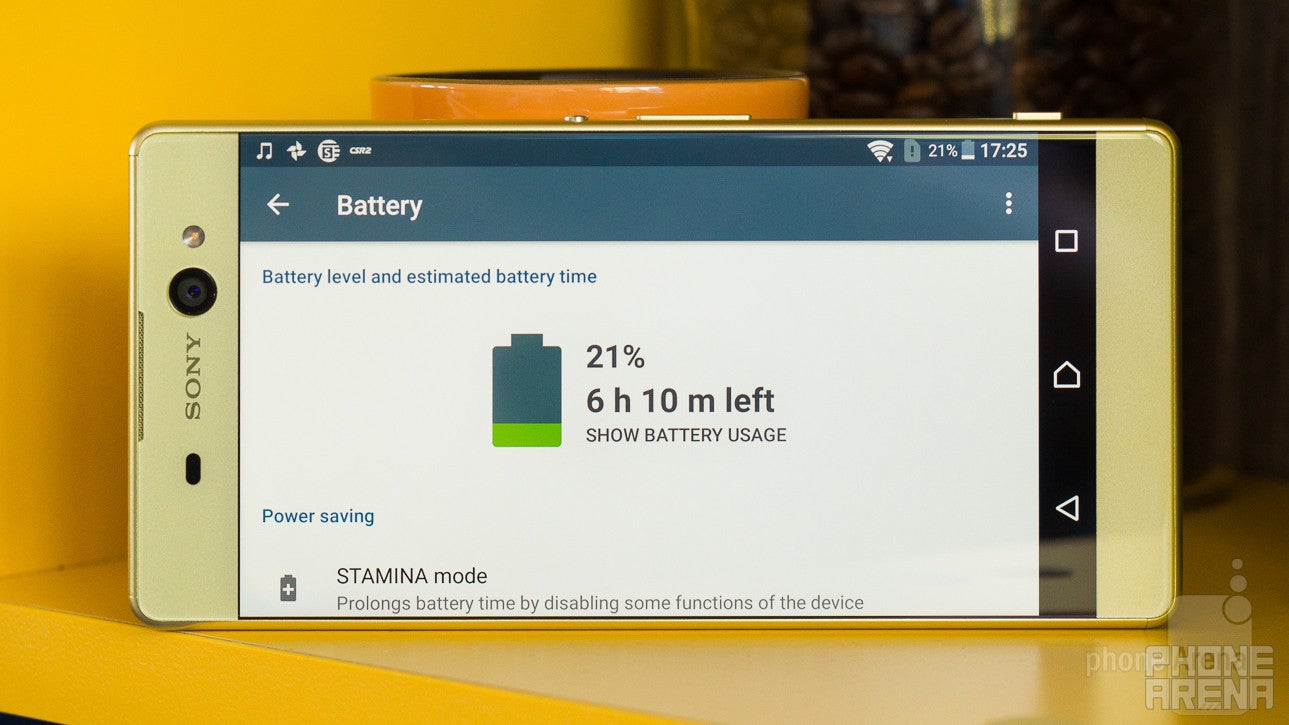
With even regular-sized, ~5-inch smartphones nowadays offering batteries with as large a capacity as 3,000 mAh, you'd expect the Sony Xperia XA Ultra to pack a mean cell. That's not the case.
Not only is the battery small at just 2,700mAh, but in our own experience, it is capped at about a day of usage. Our own, proprietary battery testing corroborates this, with the XA Ultra managing 6 hours and 59 minutes—a strictly average score.
And if you were thinking, “well, battery life might be mediocre, but at least it'll probably charge fast”, the answer is no. In reality, the XA Ultra requires over two and a half hours to top off using the included, 1.5A wall charger.
Conclusion
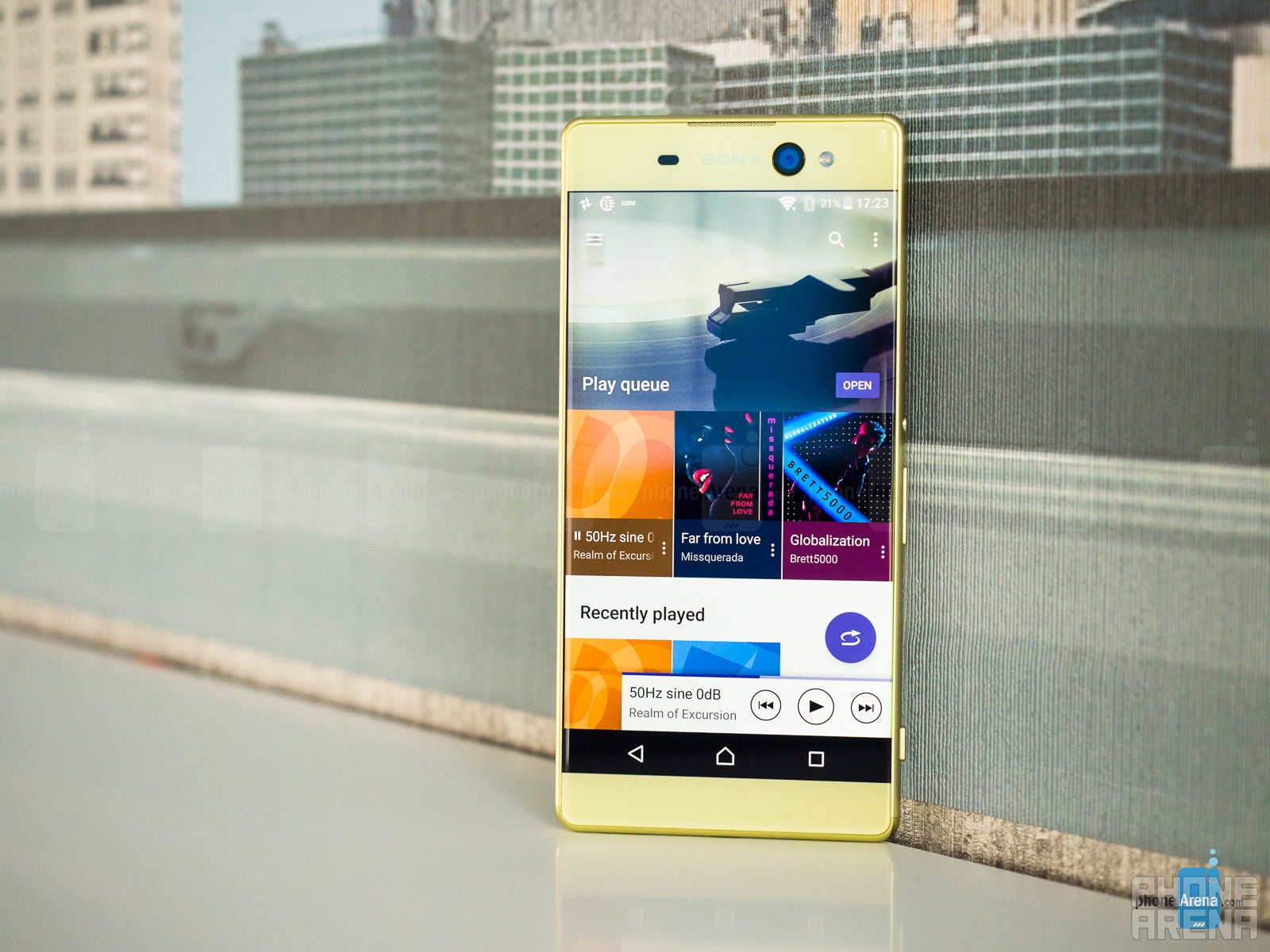
This makes the Xperia XA Ultra all the more of a pleasant surprise, as it's the one device from the new series that is positioned in a price tier that is neither overcrowded, nor incredibly competitive. So long as you're looking for a reaaally big smartphone, there are very few contenders for the Ultra's crown in the $350 to $400 bracket—and even beyond that.
Perhaps the closest thing Sony has going as far as competition for its Ultra is the 6-inch Galaxy A9 (2016). Samsung's massive phablet features highly comparable hardware, but much better battery life. Then again, it is nearly $100 more expensive, depending on where you shop from—a price difference that, for buyers on a budget, puts the XA Ultra safely away for its relative shortcomings to be perfectly acceptable. Besides, if you're ready to spend $450 on a large smartphone, you should be considering the OnePlus 3 anyway and sucking up the drop in screen real estate.
In closing? Devices as large as these are certainly not our cup of tea, but credit where credit's due: for lovers of humongous smartphones, the Xperia XA Ultra is a great offer at a reasonable price.

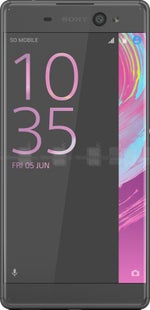
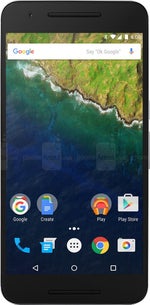
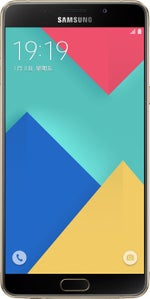





















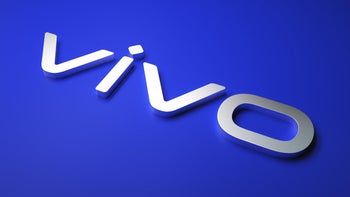
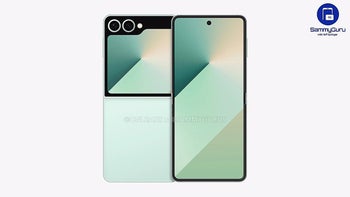
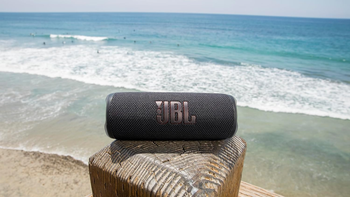

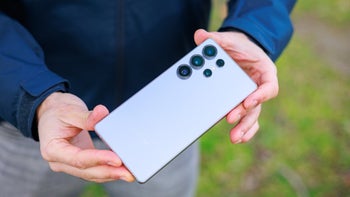

Things that are NOT allowed: